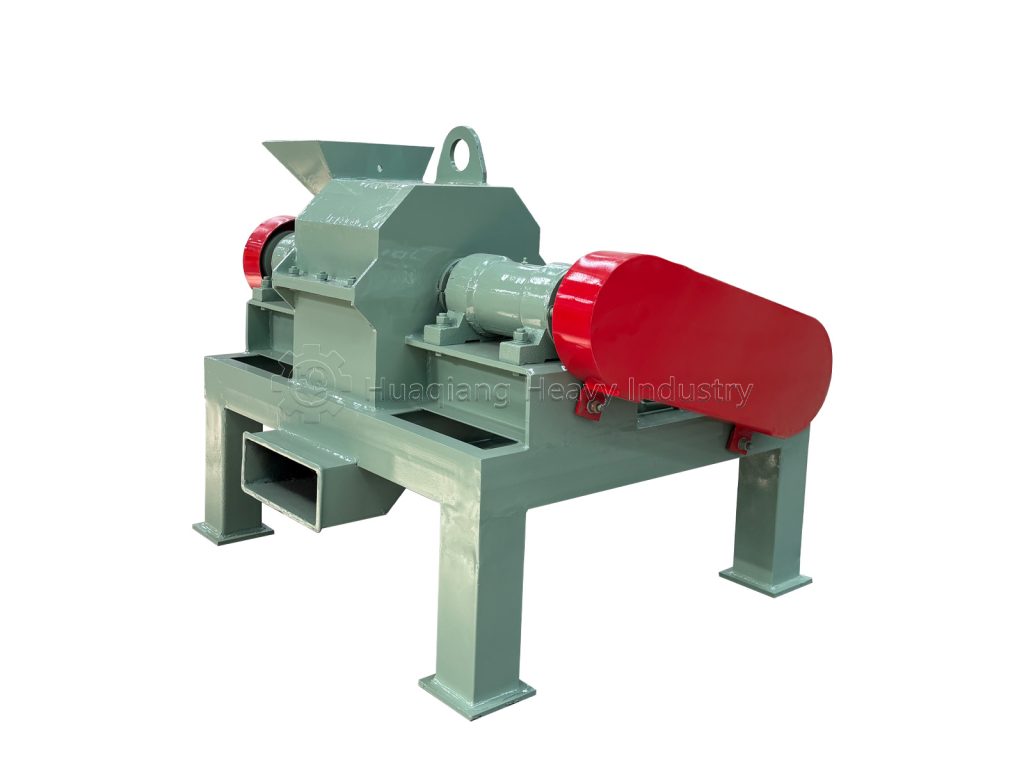Cage Crusher: The Heart of Efficient Fertilizer Production
1. Understanding the Cage Crusher
In the fertilizer production industry, the cage crusher stands out for its unique structure and efficient crushing capabilities. Affectionately known as the “double cage grinder,” this equipment serves as a powerful assistant for processing various fertilizer raw materials.
2. Outstanding Performance Features
The cage crusher is most renowned for its ability to handle high-hardness materials. Whether it’s various single chemical fertilizers with moisture content below 6% or tough materials like ammonium salts, diammonium phosphate, and urea, they all succumb to its crushing power. The equipment features a dual-cage counter-rotation design, using high-speed rotating steel bars to repeatedly impact materials for fine grinding.
Its main advantages include:
- Simple yet robust structure
- Exceptionally high crushing efficiency
- Excellent sealing performance
- Smooth and quiet operation
- Easy cleaning and maintenance
3. Working Principle Explained
The cage crusher consists of a frame, casing, large cage wheel set, small cage wheel set, and two motors. During operation, one motor drives the large cage to rotate smoothly while the other drives the small cage to rotate in the opposite direction. Materials enter the inner cage wheel frame through the feed hopper and are crushed by the repeated impact of high-speed rotating steel bars, achieving the desired fine grinding effect.
4. Wide Range of Applications
This crusher performs exceptionally well in organic mineral fertilizer production , compound fertilizer granule crushing, and various fertilizer grinding processes. It’s not only an indispensable piece of equipment in fertilizer production lines but also a crucial guarantee for improving product quality and production efficiency. For modern fertilizer companies pursuing efficient and environmentally friendly production, the cage crusher is undoubtedly one of the wisest choices available.

